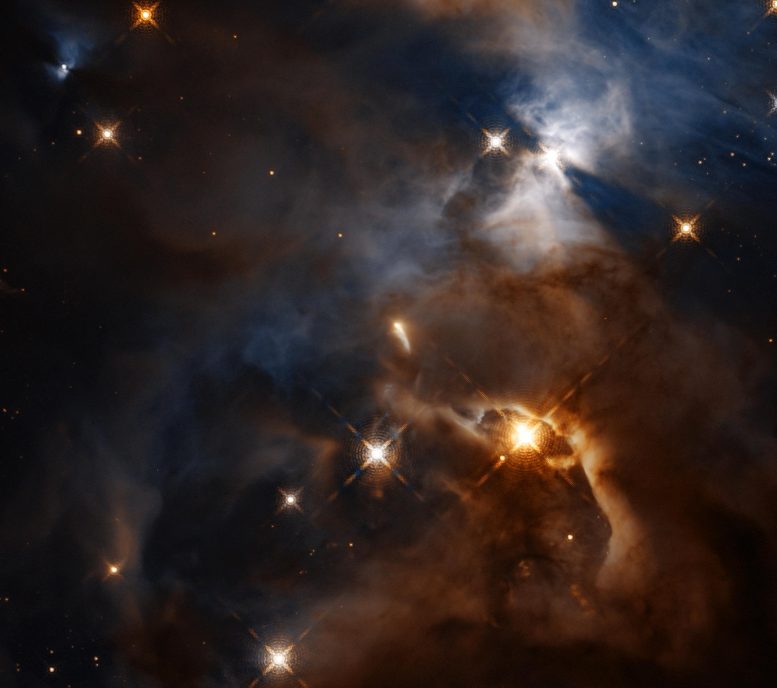
This image shows only the feature which was nicknamed the Bat Shadow. It is the shadow of a protoplanetary disc orbiting the star in the center of the image. Credit: NASA, ESA, K. Pontoppidan
The young star HBC 672 is known by its nickname of Bat Shadow because of its wing-like shadow feature. The NASA/ESA Hubble Space Telescope has now observed a curious “flapping” motion in the shadow of the star’s disc for the first time. The star resides in a stellar nursery called the Serpens Nebula, about 1300 light-years away.
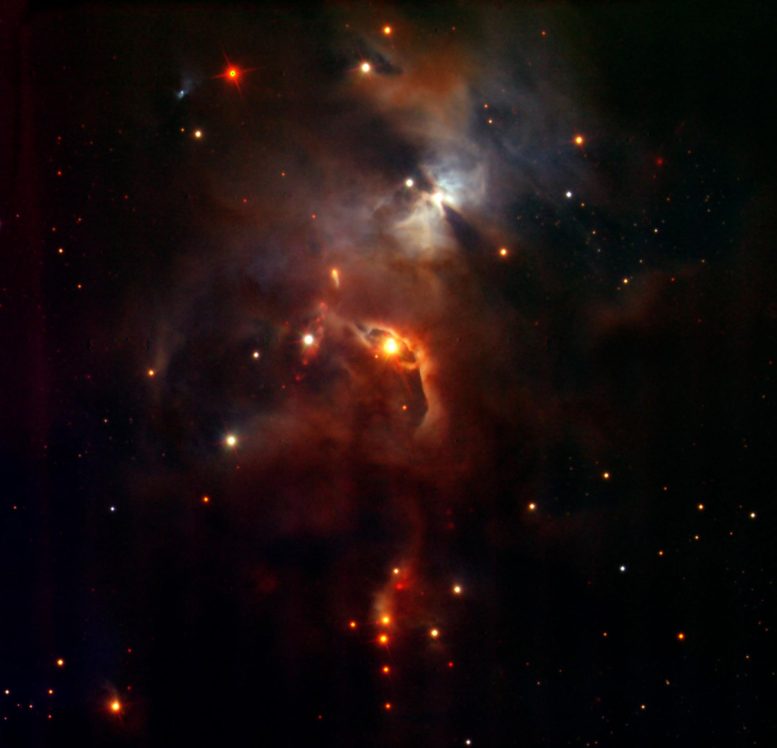
This image shows the Serpens Nebula as seen by the HAWK-I instrument installed on the Very Large Telescope of the European Southern Observatory. The filters used by HAWK-I to create this image cover wavelengths similar to the filters used by Hubble. Credit: ESO
The Hubble Space Telescope captured a striking observation of the fledgling star’s unseen, planet-forming disc in 2018. This disc casts a huge shadow across a more distant cloud in a star-forming region — like a fly wandering into the beam of a flashlight shining on a wall.
Now, astronomers have serendipitously observed the Bat Shadow’s “flapping.” This may have been caused by a planet pulling on the disc and warping it. “You have a star that is surrounded by a disc, and the disc is not like Saturn’s rings — it’s not flat. It’s puffed up. And so that means that the light from the star, if it goes straight up, can continue straight up — it’s not blocked by anything. But if it tries to go along the plane of the disc, it doesn’t get out, and it casts a shadow,” explained lead author Klaus Pontoppidan, an astronomer at the Space Telescope Science Institute (STScI) in Baltimore, USA, whose team have published these results.
This “flapping” finding was also a surprise. Pontoppidan and his team observed the shadow in several filters over a period of 13 months. When they combined the old and new images, the shadow appeared to have moved.
The shadow is so large — about 200 times the diameter of our Solar System — that light doesn’t travel instantaneously across it. In fact, it takes about 45 days for the light to travel from the star out to the best defined edge of the shadow.
Pontoppidan and his team calculate that a planet warping the disc would orbit its star in no fewer than 180 days. They estimate that it would be about the same distance from its star as Earth is from the Sun. Pontoppidan’s team also suggest the disc must be flared, with an angle that increases with distance — like a trumpet. This shape of its two peaks and two dips would explain the “flapping” of the shadow. The team also speculates that a planet is embedded in the disc, inclined to the disc’s plane. If it’s not a planet, a less likely explanation is a lower-mass stellar companion orbiting HBC 672 outside the plane of the disc. Pontoppidan and his team doubt this is the case, based on the thickness of the disc. There is also no current evidence for a binary companion.
The disc is a circling structure of gas, dust, and rock, and is too small and too distant to be seen, even by Hubble. However, based on the projected shadow, scientists do know that its height-to-radius ratio is 1:5.
For more on this study, see Hubble Spots Cosmic Flapping “Bat Shadow” in Outer Space.
Reference: “Variability of the Great Disk Shadow in Serpens” by Klaus M. Pontoppidan, Joel D. Green, Tyler A. Pauly, Colette Salyk and Joseph DePasquale, 25 June 2020, The Astrophysical Journal.
DOI: 10.3847/1538-4357/ab91ae

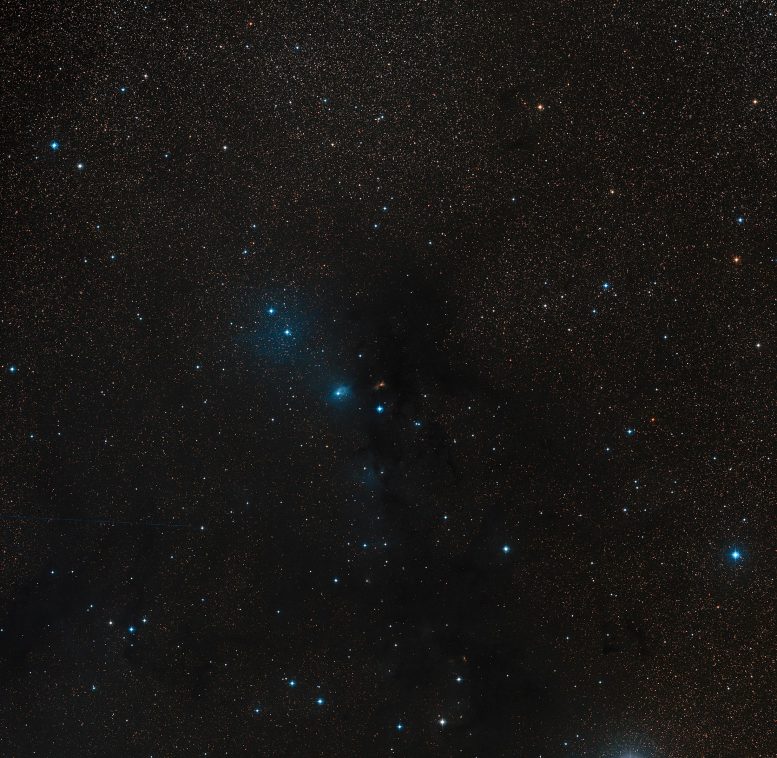
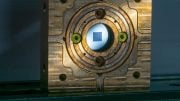
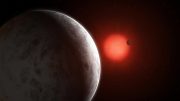

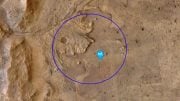




Be the first to comment on "Hubble Watches a Cosmic Bat Shadow “Flapping”"